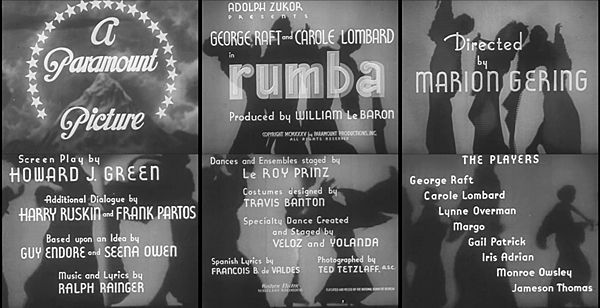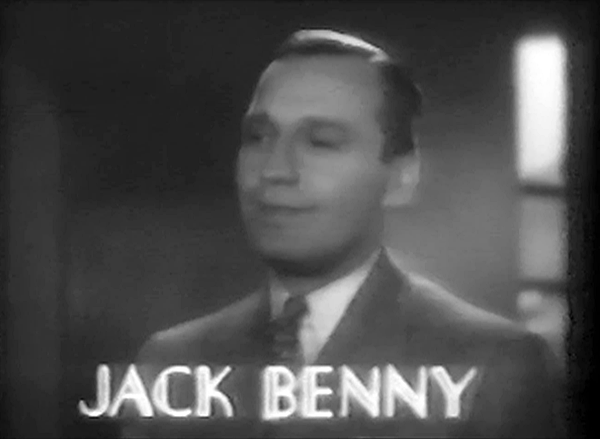|
The design of motion picture title sequences in 1930s Hollywood employs one of two approaches: (1) the figure-ground, where superimposed text where the background is independent of the typography, (2) the calligram, where the integration of the type and background imagery to produce a single, composite effect. The title design for the 1936 film The Big Broadcast of 1937 enables a consideration of how these two approaches intersect with the structure and role of the title sequence in relation to the main narrative that follows, and the interpretative modes employed in deciphering this exemplary title sequence.
"The Calligram and the Title Card" was published in Semiotica: Journal of the International Association for Semiotic Studies, Volume 2015, Issue 204, Pages 239-252
ISSN (Online) 1613-3692, ISSN (Print) 0037-1998
(1) The "figure-ground" mode depends on the image and the text occupying separate conceptual fields, without relationsihp other than the incidental one made by the text composited over the image.

(2) The "calligram" mode emerges from the recognition that the title card functions as a label for the image, rendering that image subservient, an illustration of the text.

|